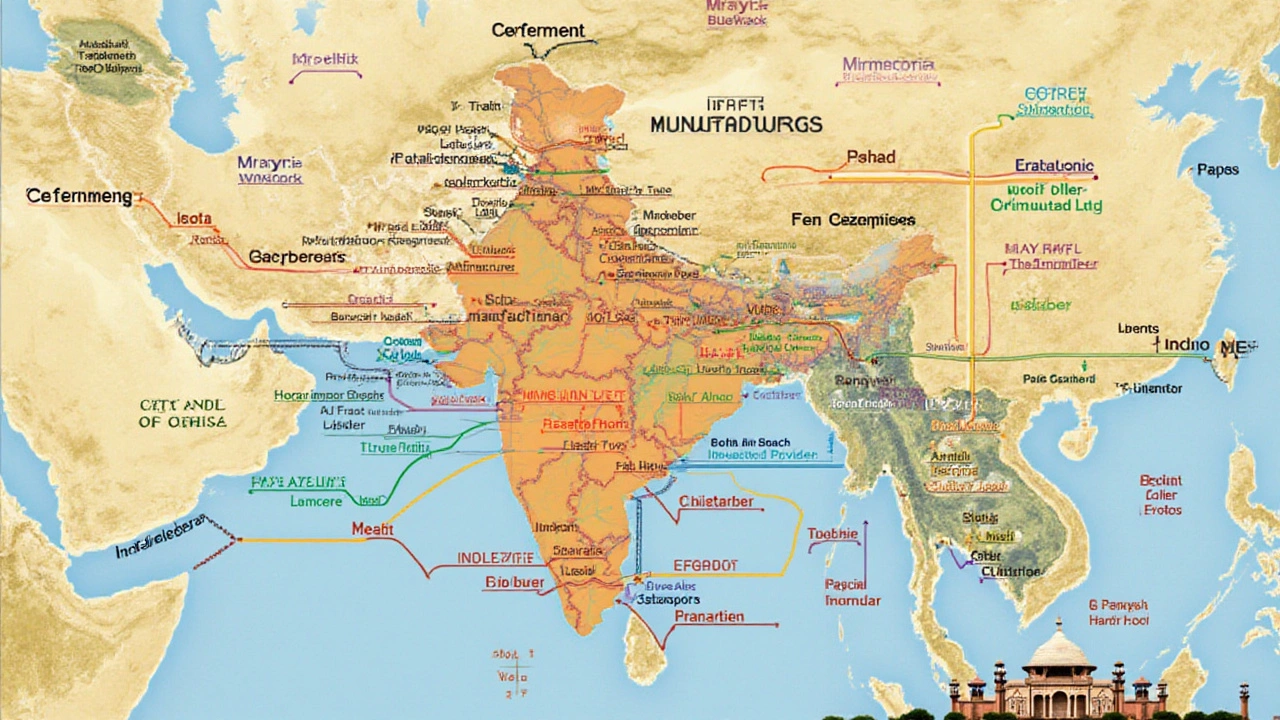Schemes for Indian Manufacturers: How to Unlock Government Support
Looking for a way to cut costs or scale up your factory? India’s government offers a raft of schemes designed to help manufacturers like you. From capital subsidies to tax breaks, these programs can turn a tight budget into a growth engine. The key is knowing which scheme fits your business and how to apply without getting lost in paperwork.
Top Government Schemes You Should Know
1. Credit Linked Subsidy Scheme (CLSS) – This scheme provides a subsidy on bank loans for technology up‑gradation. If you’re planning to buy new CNC machines, you could get up to 15% of the loan amount as a cash incentive.
2. Technology Up‑gradation Fund Scheme (TUFS) – Aimed at MSMEs, TUFS offers a 15% grant for technology upgrades in core manufacturing processes. The grant is capped at INR 5 crore, which is enough to modernize a small to medium plant.
3. Scheme for Integrated Textile Parks (SITP) – For textile entrepreneurs, SITP gives land at subsidised rates, along with utilities and common facilities. The goal is to create clusters that reduce operating costs and improve logistics.
4. PMEGP – Prime Minister’s Employment Generation Programme – Though not limited to manufacturing, PMEGP provides a margin debt up to INR 10 lakh. It’s a good entry point if you’re starting a new production line and need low‑interest funding.
5. Make in India – Export Promotion Capital Goods (EPCG) Scheme – This lets you import capital equipment without paying customs duty, provided you meet export targets. It’s perfect for firms eyeing overseas markets.
How to Apply and Maximize Benefits
Step one: Identify the scheme that matches your needs. Check eligibility on the official portal – most schemes require your unit to be registered under MSME or have a valid GST number.
Step two: Gather the required documents early. Typical paperwork includes your PAN, GST registration, proof of land ownership or lease, and a detailed project report. Having these ready saves weeks of back‑and‑forth.
Step three: Fill out the online application form carefully. Typos or missing fields often lead to rejection. Double‑check numbers, especially loan amounts and subsidy percentages.
Step four: Prepare a realistic implementation plan. Officials look for clear timelines, expected outcomes, and how the subsidy will improve productivity or exports.
Step five: Follow up regularly. After submission, you’ll receive an acknowledgement number. Use it to track status on the portal and respond quickly to any queries.
Pro tip: Combine schemes where possible. For instance, you can use CLSS for loan interest reduction while simultaneously applying for TUFS to cover part of the equipment cost. Just ensure the same expense isn’t claimed twice.
Remember, the biggest hurdle is often the perception that applying is too complex. Break the process into small tasks, involve a consultant only if you hit a roadblock, and keep the focus on how the funding will drive your growth. With the right scheme in hand, you’ll see faster ROI, stronger market positioning, and a smoother path to scaling your operation.
Ready to take the next step? Start by listing your current bottlenecks and match them against the schemes above. The right support is just a form away, and it could be the catalyst your factory needs.
Understanding Manufacturing's Role in Government Schemes
Manufacturing is a vital sector that influences the government policies and schemes significantly. Understanding which department manufacturing falls under can aid in grasping its impact on the economy and policy implementations. With various government schemes targeting manufacturing initiatives, recognizing these associations can be crucial for stakeholders. Let's explore how manufacturing is positioned within governmental structures and its implications for related policies.
Read More




